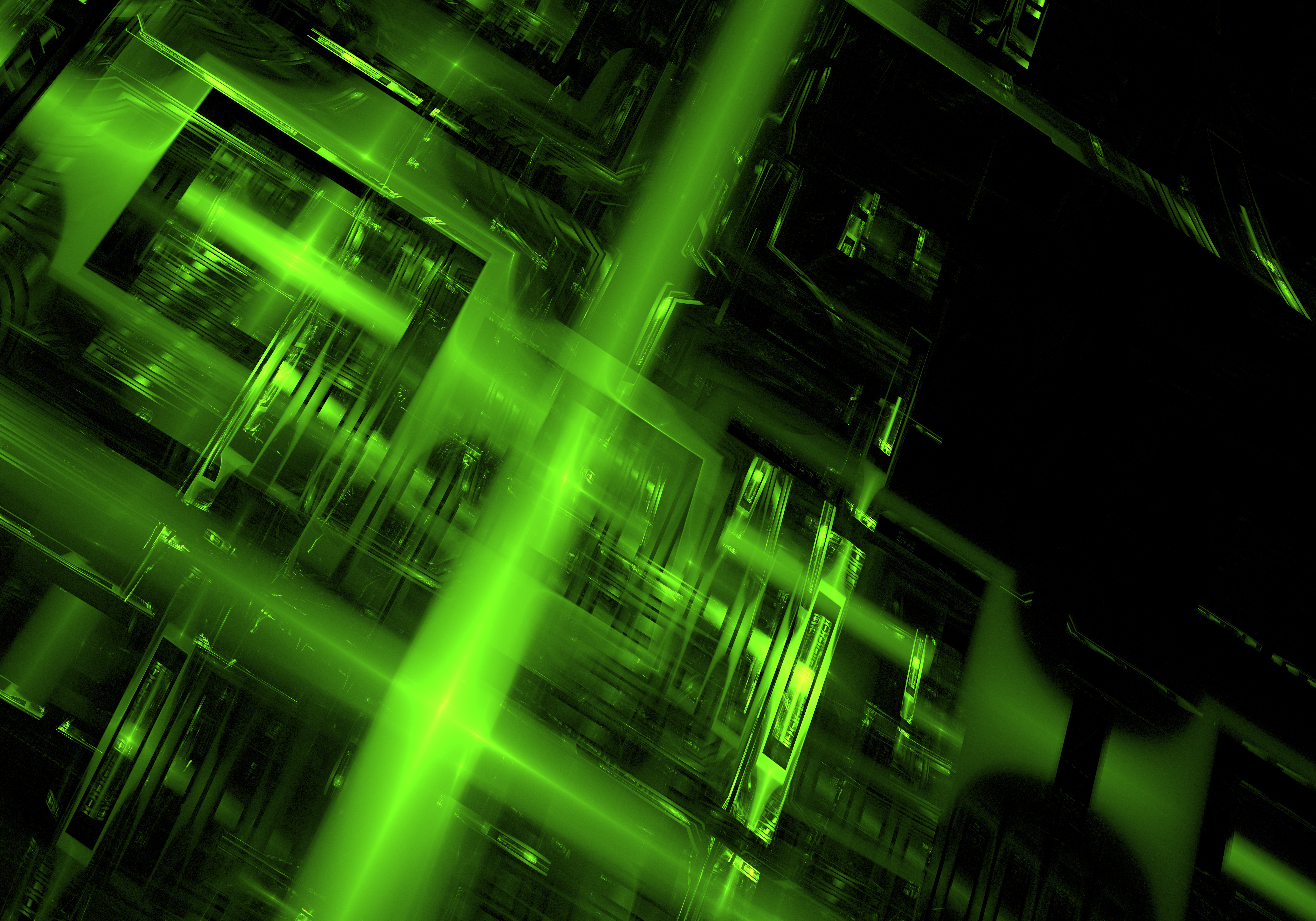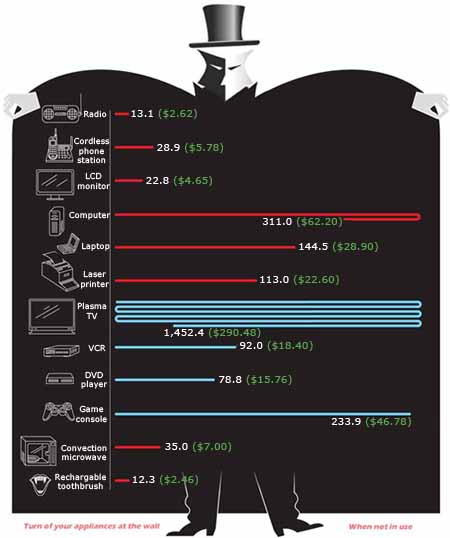Green Technology

![]() Green Technology
Green Technology
Get Involved!
Did you know?
Mercury found in flat panels, laptop screens and switches can contaminate with as little as 1/70th of a teaspoon, almost 20 acres of water to the point that fish are unsafe to eat!
So Why do we Recycle?
- prevent pollution and protect our environment
- minimize solid and hazardous waste going to landfill
- recover resources to manufacture new products
- reduce the need to use raw materials and save our natural resources
Our E-Waste Aims for the Future
Sustainability is the capacity to endure, and we believe any business endurance into the future cannot afford to ignore the environmental impact of its day-to-day existence.
We aim to continue offering ‘green’ options to our clients and empower and motivate them to make these small but important changes to the way they dispose of their old technology.
This year PC Pitstop are sowing seeds for the development of a Port Macquarie Community Garden. Follow our progress on facebook and register your interest to volunteer or get involved here.
E – Waste Statistics of Australia
- In 2007/08, 31.7 Million television, computers and computers products were sold in Australia which equivalent to 1.5 new units per person every year. in the same year 16.8 million units reached their end of life which is close to one unit per Australian.
- It is anticipated that the number of televisions, computers and computer products reaching their end of life, is expected to grow to 44 million by 2027/2028.
- In New Zealand there are an estimated 10 million electronic devices currently in use with nearly 1 million being added each year.
- It is estimated that 88% of all end of life computers are sent to landfill with only 9% being recycled.
- Approximately 1.6 million computers are dumped in landfill each year; another 1.8 million are being stored away in a garage or office backroom.
Phantom Power
Even when your household appliances are switched off, most are still using energy. Appliances are said to be in either passive standby mode (the clock on the microwave is still running) or active standby mode (the hard disk recorder is off but programmed to record something)
The numbers below are figures for average standby modes, showing how much energy is drained annually, in kilowatt hours, and how much it costs you – based on the average Australian rate of $0.20 per kilowatt hour. Red lines show passive standby rates; blue lines show active standby rates.




